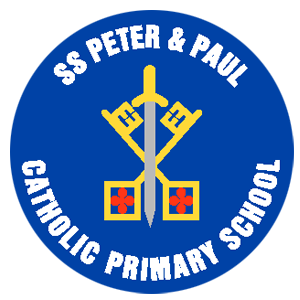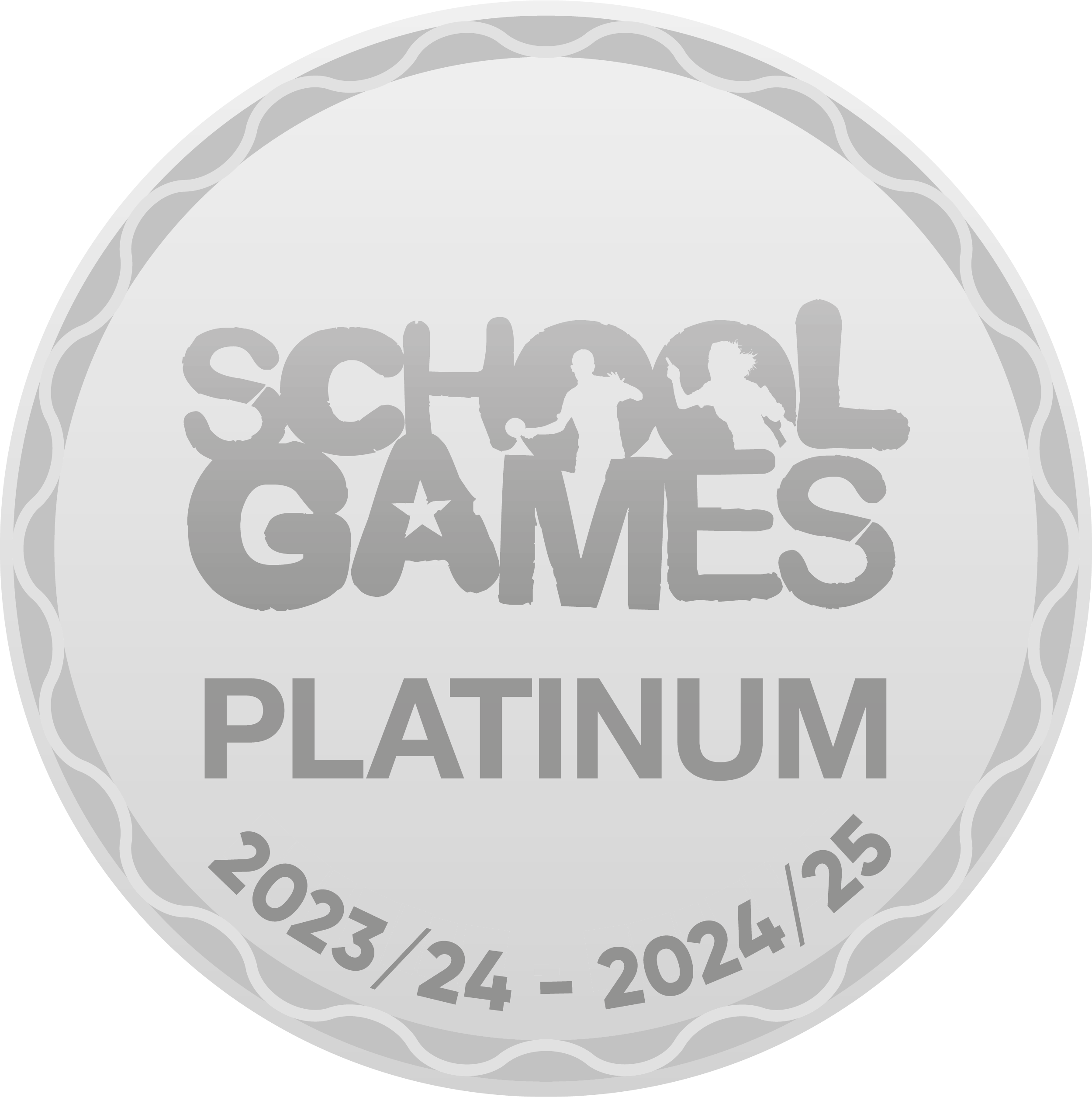COMPUTING at SSPP

'We like learning using beebots – it is a yellow bee with wheels and you control and program it to move to a space. We told a story about the beebots on the mat.' Year 1 pupil.
'We have been digitally using shapes and we can resize them to make robots?' Year 3 pupil.
'I like making my own game on scratch.' Year 3 pupil.
Intent
Our aim is to give children a thorough and ambitious education in computing, equipping them to use technology, computational thinking and creativity to understand and change the world. It is now more important than ever that children understand how to use technology positively, responsibly and safely, and that they see good models of this.
By the time they leave SSPP, children will have gained key knowledge and skills in the three main strands of the National Curriculum for Computing (2014). These strands are: computer science (programming and understanding how digital systems work), information technology (using computer systems to create, store, retrieve and send information) and digital literacy (evaluating digital content and using technology safely and respectfully).
Our knowledge-engaged curriculum enables children to understand how computers and computer systems (such as the internet) work, and how they are designed and programmed. It ensures they know what to do if they have concerns about anything they encounter online, and how to be safe, responsible and respectful when using the internet. Equally, our offer provides many opportunities for learners to apply their evolving knowledge imaginatively, becoming fluent and creative in their mastery of computing. The depth and breadth of our coverage aims to provide all our children with a solid grounding for future learning and the ability to become active digital citizens in the modern world.
Implementation
At SSPP, computing is taught weekly as an explicit subject, however links to our wider curriculum are threaded through the approach. Teachers use specified units from the NCCE scheme (Teach Computing) as a starting point for the planning of their computing lessons. The key knowledge and skills that must be taught within each unit have been identified and carefully mapped to support the progression of children’s learning across the primary phases, building towards mastery of the end of key stage objectives from the National Curriculum. Freedom for teachers to develop and adapt computing units within the framework of the progression map leads to rich links with engaging contexts in other subjects and topics, while still ensuring systematic coverage of objectives. After completing a unit, learners complete a brief key knowledge quiz or end of unit final task to assess their retention and understanding of core facts and concepts. They also self-assess their confidence in the skills practised throughout the project.
The implementation of computing at SSPP ensures a balanced coverage of the three computing strands (computer science, information technology and digital literacy). The children work on all three strands each year. As they progress through the school, children build on their prior learning within each strand, covering new or deeper knowledge and developing their technical skills. The relevant, context-embedded computing experiences through which this knowledge-engaged curriculum is taught will benefit learners in secondary school, further education and future workplaces. From research methods, use of presentation and creative tools and computational and critical thinking, computing at our school gives children the building blocks that enable them to pursue a wide range of interests and vocations in the next stage of their lives.
Impact
Our approach to the curriculum provides fun, engaging and meaningful learning for all pupils, in which the children understand not only the content that is taught but the opportunities offered to them by their computing education, enabling them to become creators and change-makers in our digital world. The impact of our curriculum and the quality of children’s learning is evident in their work, which is shared, published and celebrated on Seesaw (an online platform) and in their floor books – using photographs and QR codes to showcase digital work. Half termly monitoring, alongside key knowledge quiz results, and interviews with teachers and learners, allows the subject lead to ensure the knowledge-engaged curriculum taught is being learned and retained by all pupils. All this information also feeds into teachers’ future planning and enables assessment of pupil’s knowledge and skills. Through cross-curricular uses of computing in other subjects, teachers are able to revisit misconceptions and knowledge gaps in computing in tandem with other curriculum areas. This supports varied paces of learning and ensures all pupils make good progress.
Characteristics of a Techie
- Competence in coding for a variety of practical and inventive purposes, including the application of ideas within other subjects.
- The ability to connect with others safely and respectfully, understanding the need to act within the law and with moral and ethical integrity.
- An understanding of the connected nature of devices.
- The ability to communicate ideas well by using applications and devices throughout the curriculum.
- The ability to collect, organise and manipulate data effectively
National Curriculum
A high-quality computing education equips pupils to use computational thinking and creativity to understand and change the world. Computing has deep links with mathematics, science, and design and technology, and provides insights into both natural and artificial systems. The core of computing is computer science, in which pupils are taught the principles of information and computation, how digital systems work, and how to put this knowledge to use through programming. Building on this knowledge and understanding, pupils are equipped to use information technology to create programs, systems and a range of content. Computing also ensures that pupils become digitally literate – able to use, and express themselves and develop their ideas through, information and communication technology – at a level suitable for the future workplace and as active participants in a digital world.
Aims
The national curriculum for computing aims to ensure that all pupils:
- can understand and apply the fundamental principles and concepts of computer science, including abstraction, logic, algorithms and data representation
- can analyse problems in computational terms, and have repeated practical experience of writing computer programs in order to solve such problems
- can evaluate and apply information technology, including new or unfamiliar technologies, analytically to solve problems
- are responsible, competent, confident and creative users of information and communication technology

NCCE scheme of work
We are supported by and follow the NCCE computing scheme.
Here is the road map of progression from NCCE:
Computing knowledge and skills progression
SSPP computing overview explained
Skills and progression in computing 2024-25.pdf








